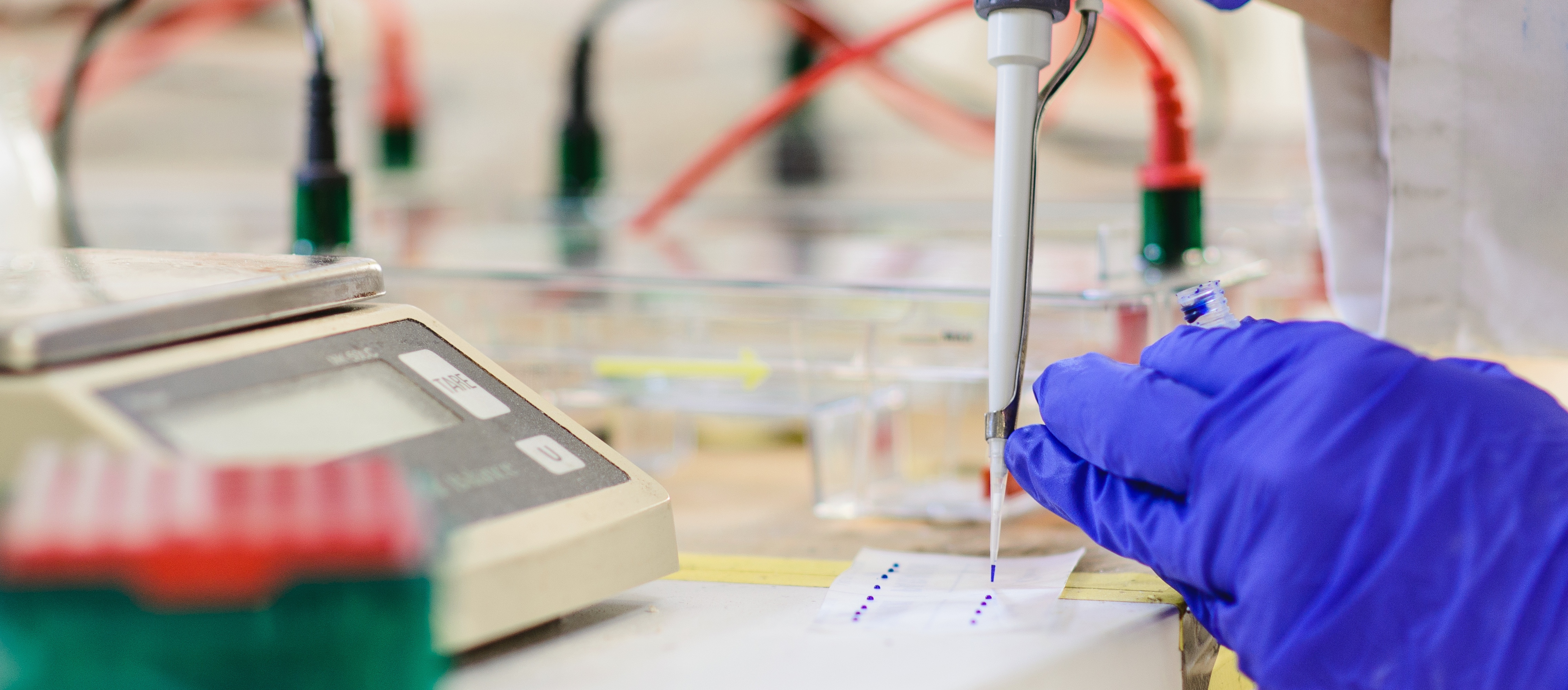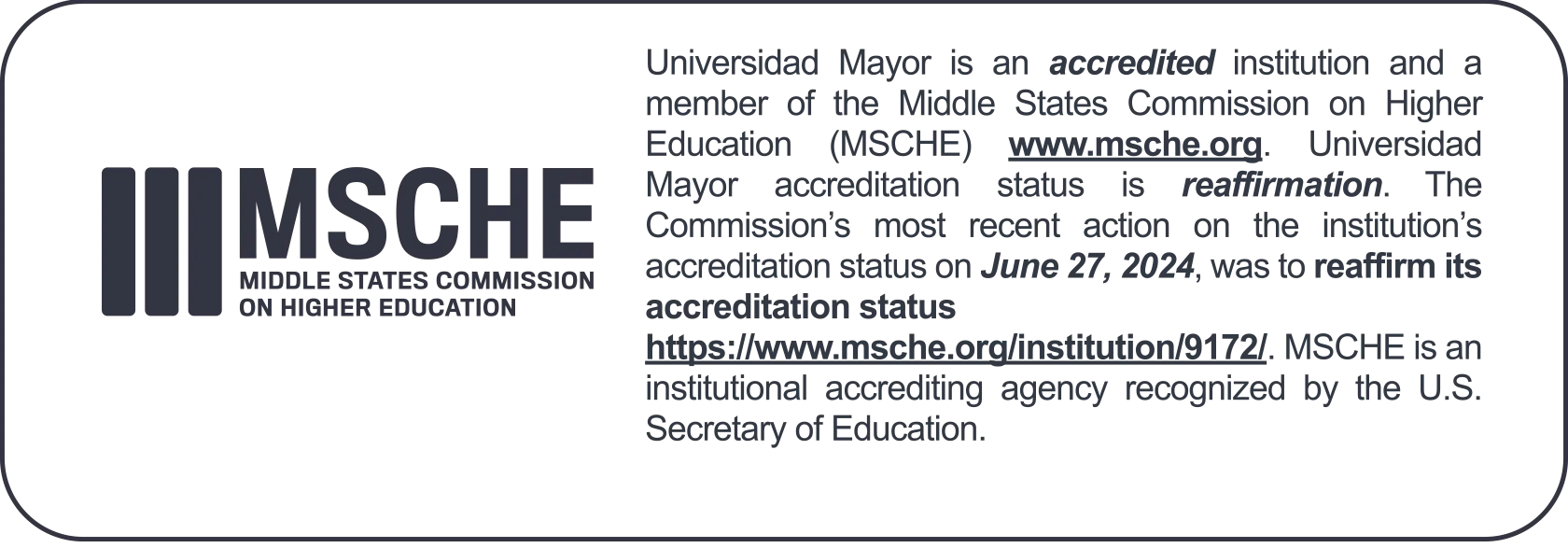BACKGROUND: Crl, identified for curli production, is a small transcription
factor that stimulates the association of the σS factor (RpoS) with the RNA
polymerase core through direct and specific interactions, increasing the
transcription rate of genes during the transition from exponential to stationary
phase at low temperatures, using indole as an effector molecule. The lack of a
comprehensive collection of information on the Crl regulon makes it difficult to
identify a dominant function of Crl and to generate any hypotheses concerning
its taxonomical distribution in archaeal and bacterial organisms.
RESULTS: In this work, based on a systematic literature review, we identified
the first comprehensive dataset of 86 genes under the control of Crl in the
bacterium Escherichia coli K-12; those genes correspond to 40% of the σS regulon
in this bacterium. Based on an analysis of orthologs in 18 archaeal and 69
bacterial taxonomical divisions and using E. coli K-12 as a framework, we
suggest three main events that resulted in this regulon's actual form: (i) in a
first step, rpoS, a gene widely distributed in bacteria and archaea cellular
domains, was recruited to regulate genes involved in ancient metabolic
processes, such as those associated with glycolysis and the tricarboxylic acid
cycle; (ii) in a second step, the regulon recruited those genes involved in
metabolic processes, which are mainly taxonomically constrained to
Proteobacteria, with some secondary losses, such as those genes involved in
responses to stress or starvation and cell adhesion, among others; and (iii) in
a posterior step, Crl might have been recruited in Enterobacteriaceae; because
its taxonomical pattern constrained to this bacterial order, however further
analysis are necessary.
CONCLUSIONS: Therefore, we suggest that the regulon Crl is highly flexible for
phenotypic adaptation, probably as consequence of the diverse growth
environments associated with all organisms in which members of this regulatory
network are present.








